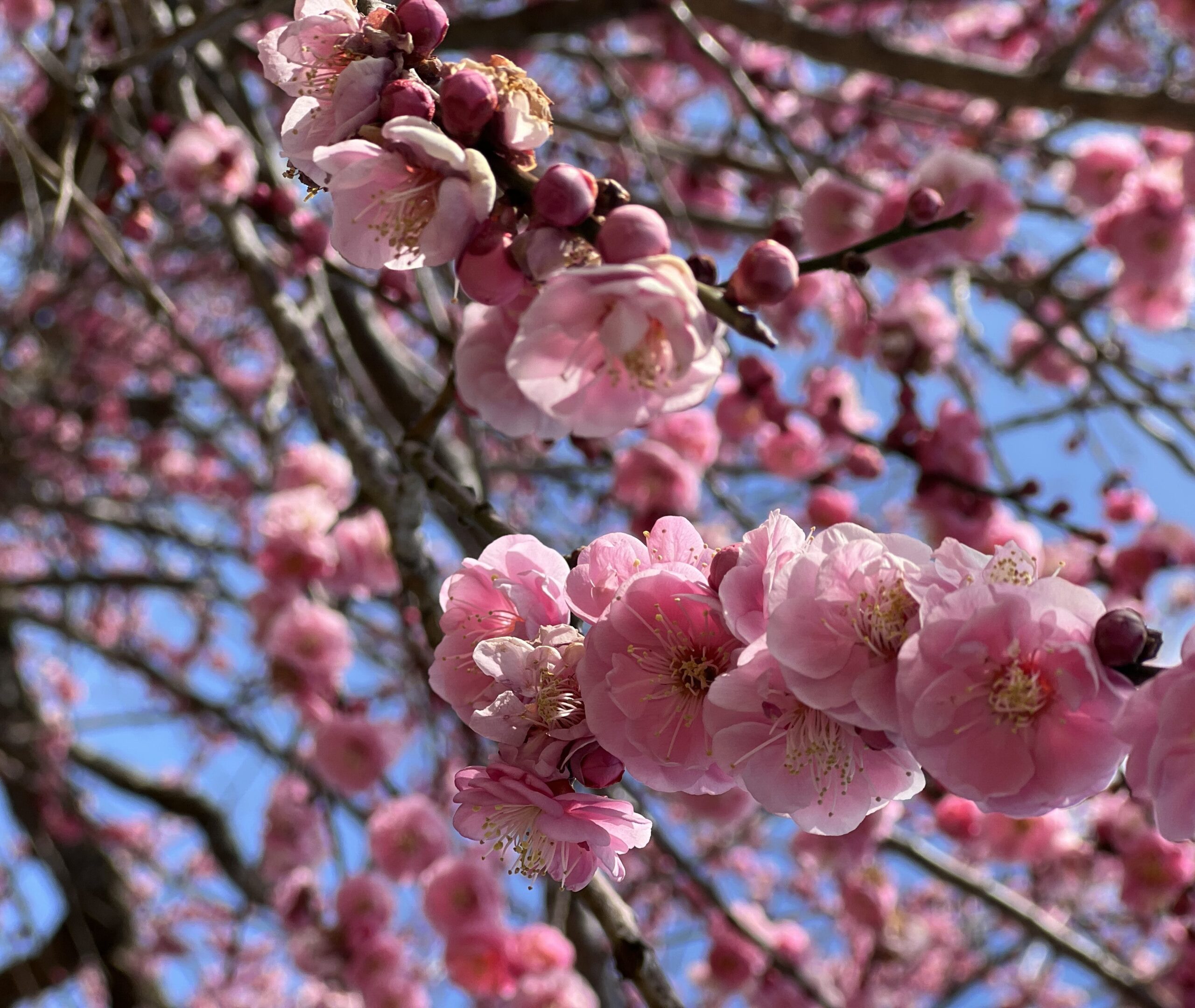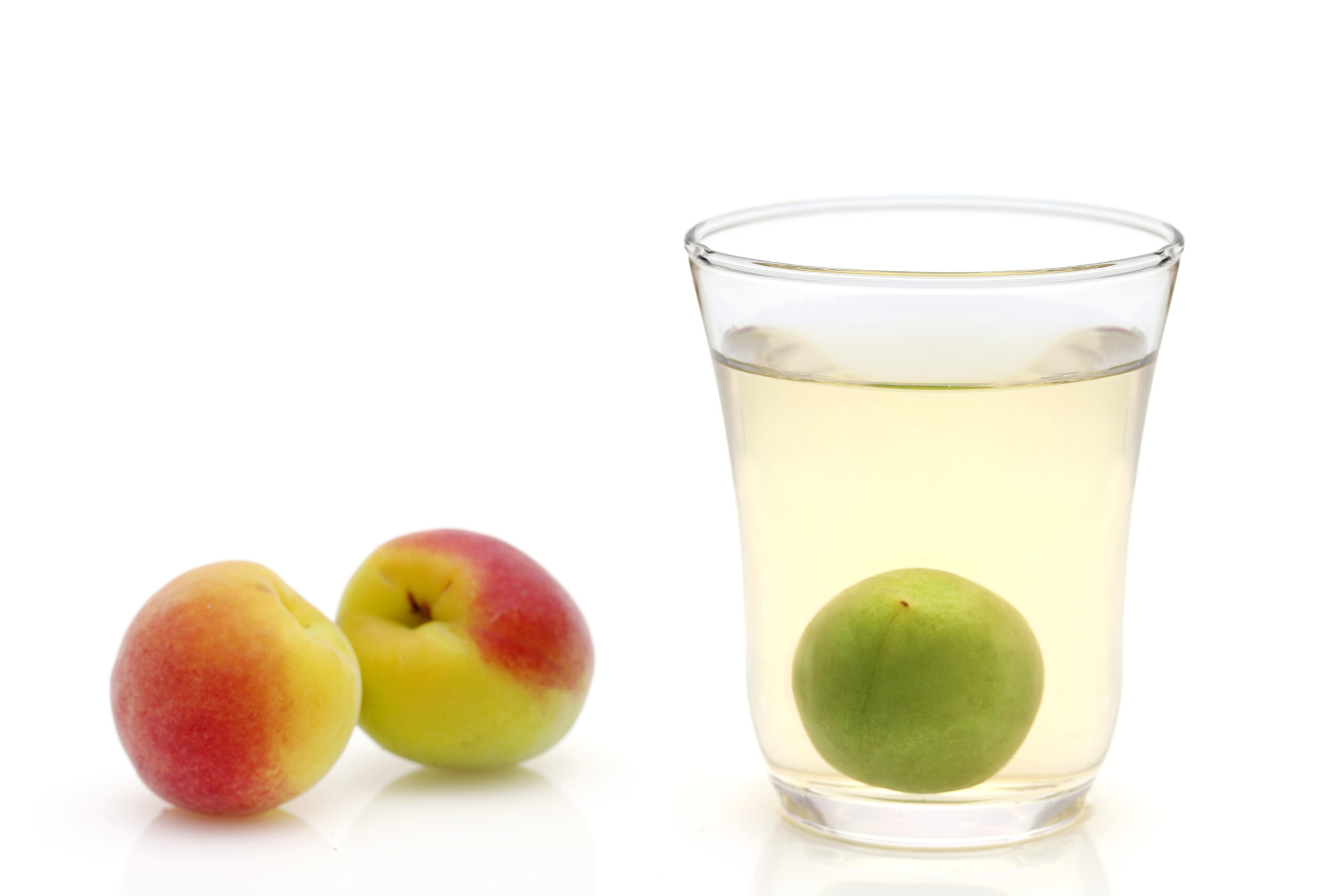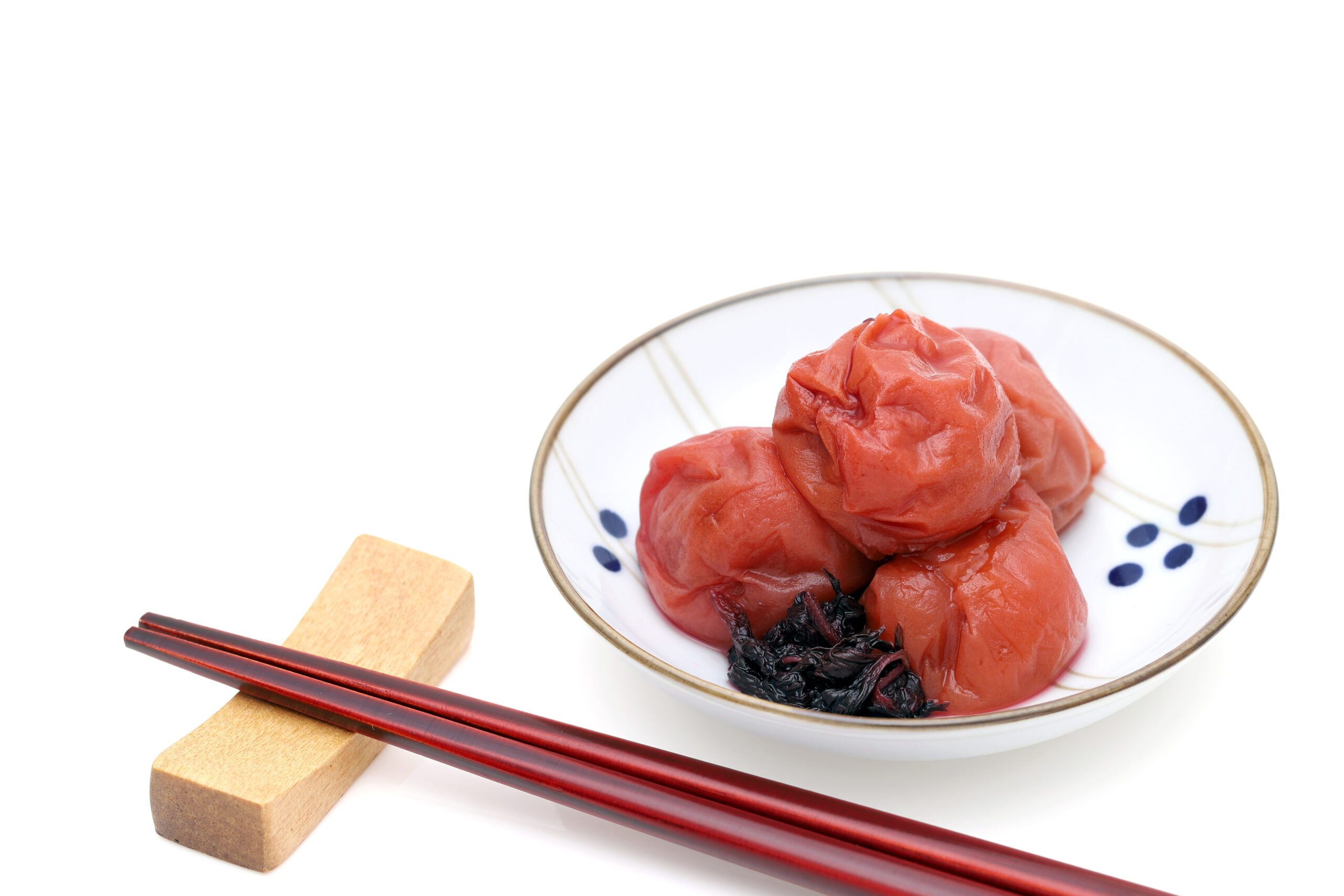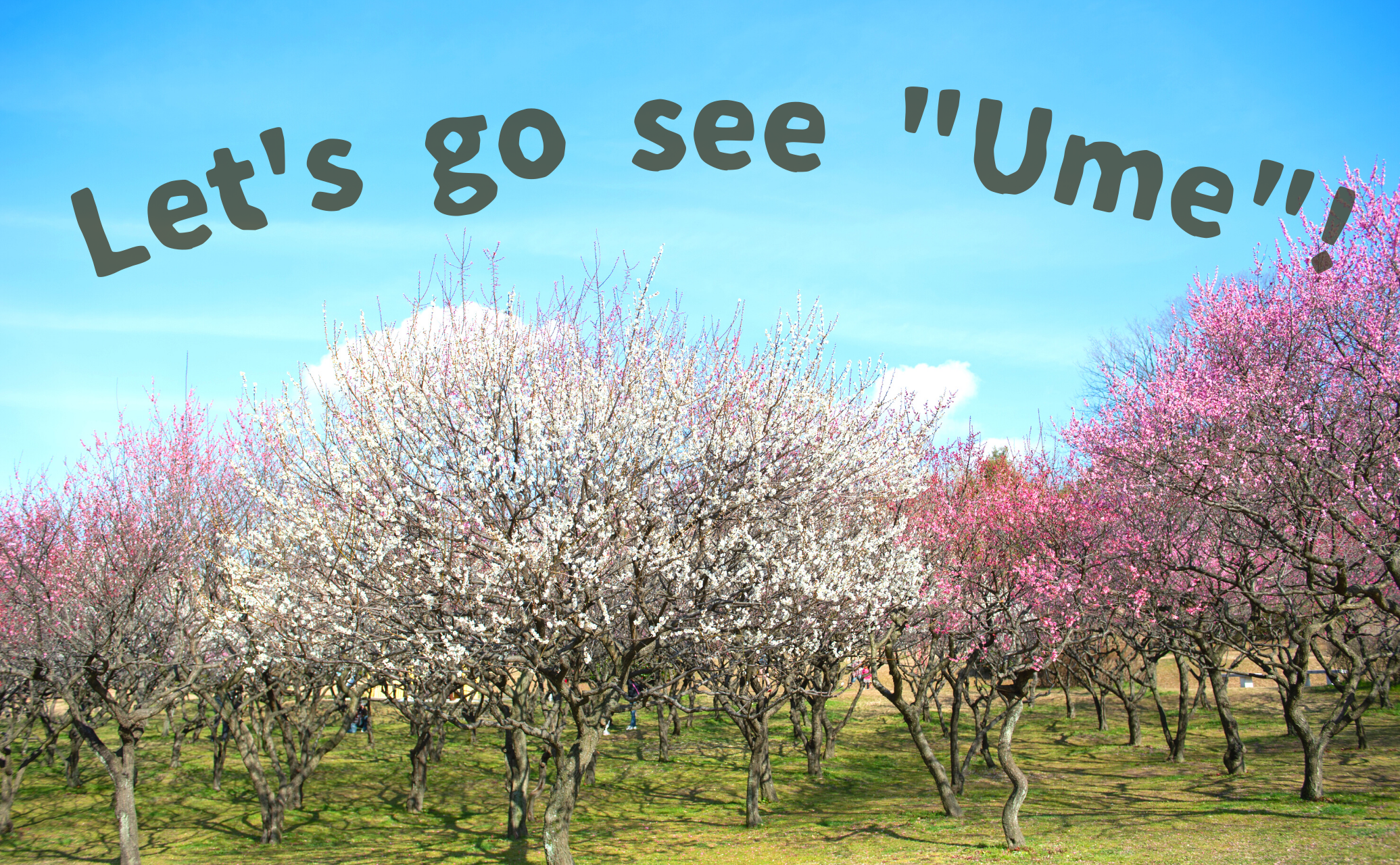Ume for Japanese people
When you think of Japanese flowers, do you think of sakura (cherry blossoms)? There is no doubt that sakura is very important to the Japanese.
“Ume” were introduced from China around 700 and have fascinated people ever since. It is said that the custom of “hanami” (flower viewing) also started with plum blossoms. Although not as common as sakura, ume is also a familiar flower to Japanese people today.
They begin blooming in late January, when the weather is still cold, and can be seen until around March. Each tree and branch of the ume tree has different shades of red and white, and the colors of ume flowers are different from those of sakura.
Ume viewing spots can be found all over Japan, so if you are in Japan this time of year, do see the ume blossoms!
Ume at their best

Like sakura, there are many varieties of ume. Some of the earliest ones bloom in December.
The most common ones are at their best from February to March.
Many events are held in conjunction with the blooming period. Although it is crowded during the events, stalls are set up and buses are available for your convenience.
Where can I see Ume?
In Tokyo
Yushima Tenmangu Shrine
You can enjoy about 300 ume trees. The ume garden is illuminated so it can be seen at night.
Kameido Tenjinja Shrine
Located near Sky Tree and Asakusa. Maybe you can take a photo of ume blossoms with Skytree in the background!
Suburbs of Tokyo
Mito Kairakuen garden
One of the three most famous gardens in Japan. You can enjoy as many as 3,000 ume trees of various varieties. It takes about 2 hours from Tokyo Station by express train, so it is recommended for a one-day trip.
Odawara Soga Bairin (Plum Grove)
There are three plum groves with a total of 35,000 plum trees in bloom. Ume can also be enjoyed at the nearby Odawara Castle. It takes about 30 minutes from Tokyo Station to Odawara by Shinkansen bullet train.
Other Areas
Kyoto Kitano Tenmangu Shrine
There are many varieties of ume plum trees, some of which start blooming in January; if you are in Kyoto in February, be sure to visit.
Fukuoka Dazaifu Tenmangu Shrine
Head shrine of all Tenmangu shrines in Japan. It enshrines Sugawara no Michizane, the god of learning. The shrine is a must-see for sightseeing in Fukuoka and is home to 6,000 plum trees in bloom.
My recommendation is Mito
Mito is only about a two-hour express train ride from Tokyo Station, making it perfect for a short getaway. You can walk to Kairakuen Garden from Mito Station, which is perfect for a stroll on a sunny day. Swans can also be seen flying in at Senba Lake near Kairakuen.

Ibaraki Prefecture is Japan’s largest producer of natto (fermented soybeans), and the general perception among Japanese people is that Mito is associated with natto.
In recent years, Ibaraki has also been producing a large amount of sweet potatoes, and the sweet potatoes that have been produced through breeding are very sweet and delicious.
“Hoshi-imo (Dried sweet potatoes)” made using the traditional method of dried sweet potatoes are perfect for souvenirs!
Japanese Food Made from Ume Plum
Ume is not only for enjoying their flowers. After the flowers come ume plum, which have been eaten since around the 10th century.
Umeshu (plum wine)
Made from unripe green plums harvested around June and soaked in distilled alcohol.
It has a strong sweet taste due to the use of sugar. The alcohol content ranges from 8 to 15 degrees.

It is often made at home. The pickled ume fruit can also be eaten.
It is served year-round at izakaya (Japanese-style pubs).
Ume-boshi (pickled plums)
Ripe plums are mixed with salt and weighed down to remove water before drying.
They are usually eaten with white rice because of their strong acidity and saltiness.

It is the most major onigiri (rice ball) ingredient.
In early summer, many ume-flavored snacks go on sale. (Ume-flavored potato chips, etc.)
Enjoy seeing and eating ume!

